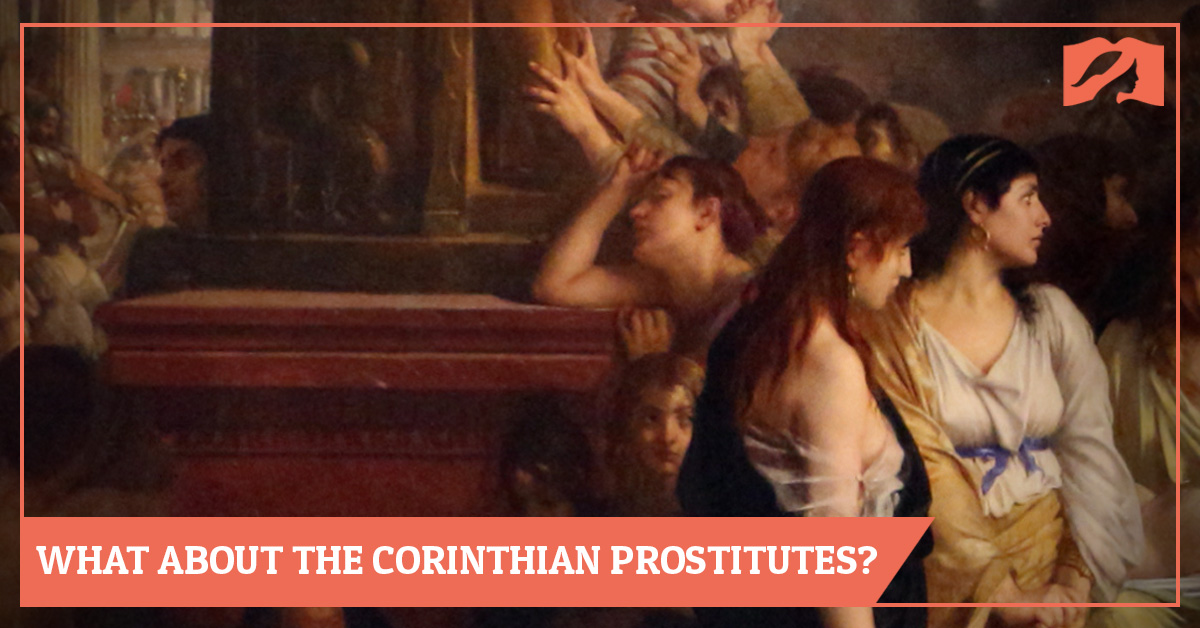Is Head Covering Cultural? What about the Corinthian Prostitutes?

While looking at the culture of the time can often be helpful, it becomes dangerous when we start assigning reasons for a command that are different than what the author gives.
R.C. Sproul says, “If Paul merely told women in Corinth to cover their heads and gave no rationale for such instruction, we would be strongly inclined to supply it via our cultural knowledge. In this case, however, Paul provides a rationale which is based on an appeal to creation not to the custom of Corinthian harlots.” 1) R.C Sproul – Knowing Scripture, 1977, ch 5, pg 110. He goes on to say, “We must be careful not to let our zeal for knowledge of the culture obscure what is actually said.” 2) R.C Sproul – Knowing Scripture, 1977, ch 5, pg 110.
In 1 Corinthians 11 Paul appeals to the creation order, nature’s witness and angels, all which transcend culture. He tells us that head covering is a part of official apostolic teaching and is the practice of all churches, everywhere. So that means a local situation in Corinth cannot explain head covering since it was the standard practice outside of Corinth as well. Read more
References
- Share
- Like
- Tweet
- Pin It
- Digg
- Delicious
- Tumblr
- VKontakte
- Flattr
- Buffer
- Love This
- Odnoklassniki
- Meneame
- Blogger
- Amazon
- Yahoo Mail
- Gmail
- AOL
- Newsvine
- HackerNews
- Evernote
- MySpace
- Mail.ru
- Viadeo
- Line
- Comments
- Yummly
- SMS
- Viber
- Telegram
- Subscribe
- Skype
- Facebook Messenger
- Kakao
- LiveJournal
- Yammer
- Edgar
- Fintel
- Mix
- Instapaper
- Copy Link





